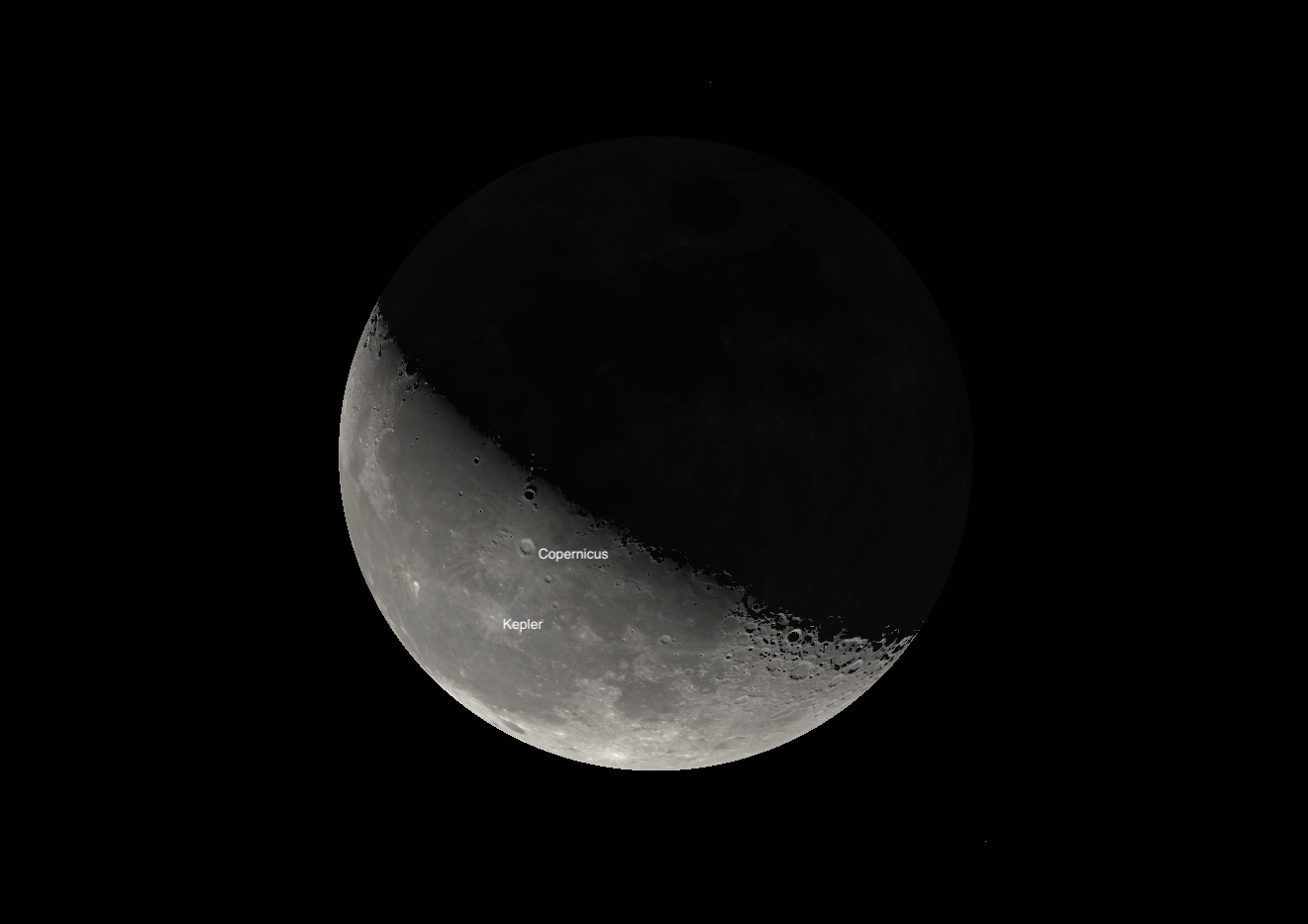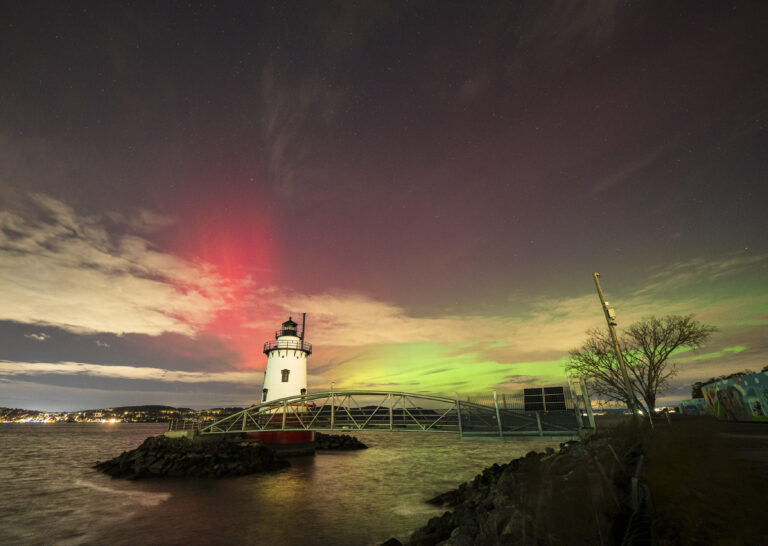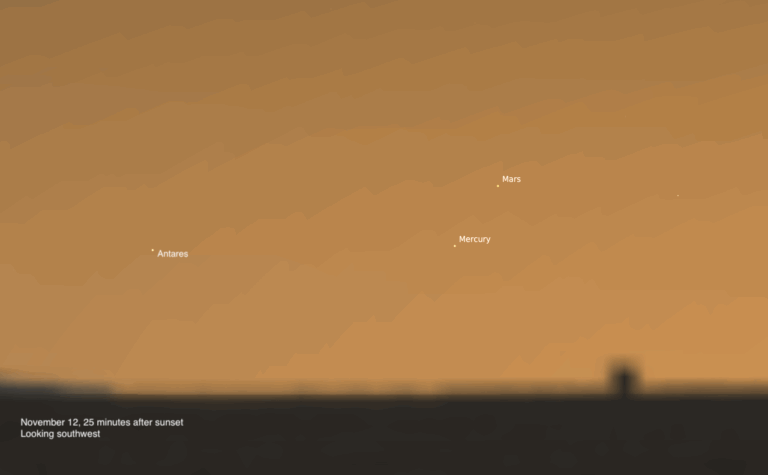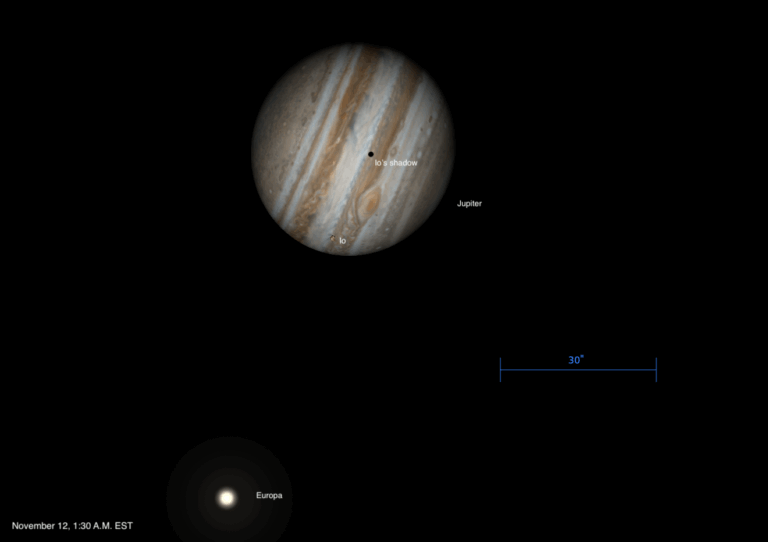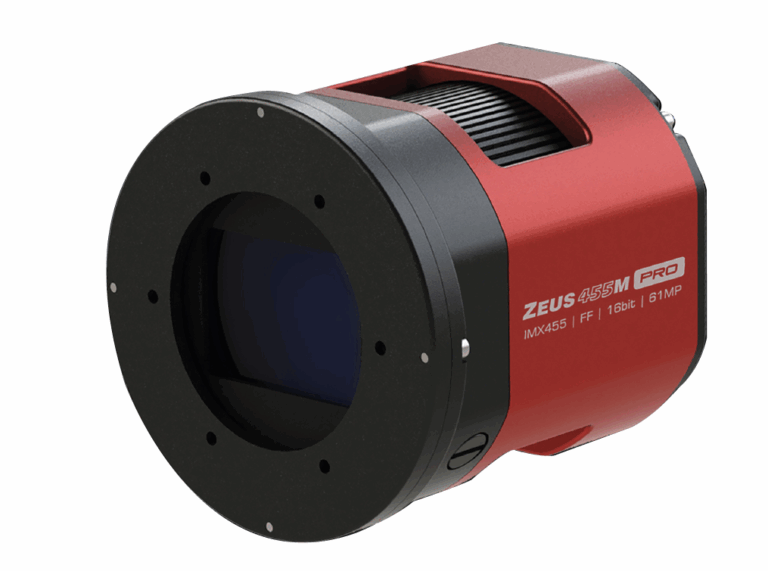Key Takeaways:
How well we see is central to our observations. And sometimes, normal (20/20) vision isn’t quite enough. If we can read the eighth line of the Snellen eye chart, the examiner will say that our eyesight is fine.
At 20 feet, each of those little letters appears to be 1/6th the width of the Moon. In both breadth and height, they displace an angle of 5′. But distinguishing between the letters C, G, and O, or between E and F, demands we resolve gaps and lines within each letter. This requires that our eyes see features just one-fifth that large, or 1′. Thus, 20/20 vision is defined as having one arcminute of resolution.
A single arcminute is 1/30th the width of the Moon. This distance is quite tiny, since the Moon is smaller than most of us visualize. The Moon appears to be half the width of your pinky finger held at arm’s length. Because it’s 2,160 miles (3,476km) across, our naked-eye resolution is 1/30th of that, or 72 miles (116km). That’s the smallest item you could spot on the Moon. You wouldn’t see a lunar city.
All this carries us to the wonderful Epsilon Lyrae, the star closest to Vega. For centuries it’s been a sky-lover’s favorite. This month it hovers in the west at nightfall, directly above Vega. The issue: Can you see that Epsilon is not one, but two stars?
For 40 years, I’ve asked that question under the stars, and I noticed a clear pattern. Only a few in a gathering of 50 say they see it as double. With children and teens, it’s closer to half. The binary’s members are separated by 3.5′, more than triple the 20/20 resolution requirement. Yet less than 10 percent of adults split it. Indeed, astronomy handbooks always say it’s resolvable “only by keen eyesight.” Not normal vision, but keen.
Why is it so oddly tough? Probably because 20/20 is measured in bright light, whereas observing a 3rd-magnitude star uses our far-inferior scotopic, or rod-based, faint-light vision. Still, I remember observing Epsilon at age 17 and wondering why it was called a test. I vividly recall that its gap looked so wide, it seemed like you could drive a truck through it.
“THE ISSUE: CAN YOU SEE THAT EPSILON IS NOT ONE, BUT TWO STARS?”
An arcminute is further divided into 60 arcseconds. An arcsecond, which we use a lot in astronomy, is a truly tiny angle. It is the apparent size of a dime seen from 2½ miles (4km) away.
The arcsecond lies deep within the telescopic realm. When we use 60x magnification, we boost a bright 1″ object to appear an arcminute wide, bringing it to the threshold of resolution. For example, the Cassini Division in Saturn’s brilliant rings will be 0.5″ wide next month. It might seem that 120x power must be needed to enlarge it to the required 1′. But in practice, most see that gap with much lower power. That’s because an extended line is far easier to discern than a confined shape, like a Snellen letter or a jovian festoon.
The largest-seeming planet is Venus. At its closest, it’s essentially 60″ wide, or an arcminute, which is right at the 20/20 limit. Can we therefore see it as a disk and not a dot? Sure enough, some observers have reported resolving Venus’ crescent shape in twilight. That means they’ve seen detail smaller than an arcminute, an impressive bit of visual acuity.
Jupiter gets up to 50″ wide. Mars will be 24″ in 2018. Uranus is 4″, Neptune is 2″, and Pluto is just 0.1″. Magnifying Pluto enough to be an arcminute requires 600x. Because such extreme power accentuates air turbulence, the task is probably hopeless.
You and I are happy with a night where stars are globs a single arcsecond across, but at professional sites they like 0.5″ viewing. When we get down to such minuscule angles, we’re considering breathtakingly tiny things.
No star looks larger than the supergiant Betelgeuse. Its diameter of 1/20th of an arcsecond lies at the exact limit of the Hubble Space Telescope. More normal but much nearer stars, like Sirius and Alpha Centauri, appear only one-tenth as wide as that — 1/200th of an arcsecond.
These are angles resolvable by no telescope. They lie beyond our observable horizon.


